Rank Species | Genus Clintonia Higher classification Clintonia | |
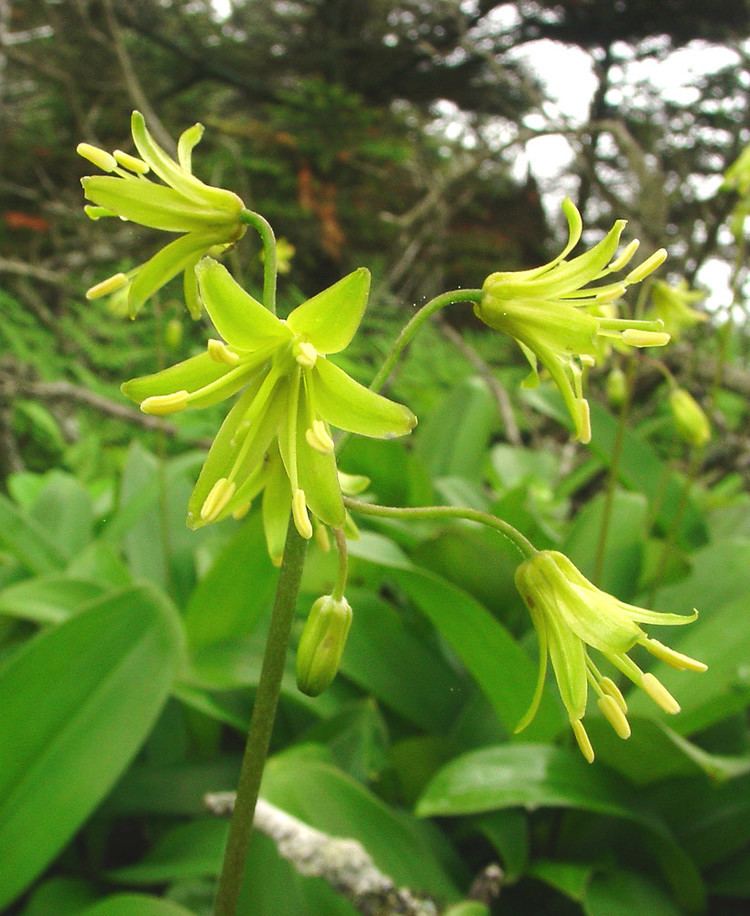 | ||
Similar Clintonia, Maianthemum canadense, Streptopus lanceolatus, Medeola, Erythronium americanum | ||
Mynature apps identifying yellow clintonia clintonia borealis
Clintonia borealis (commonly blue-bead lily or Clintonia, also Clinton's lily, corn Lily, cow tongue, yellow beadlily, yellow bluebeadlily, snakeberry, dogberry, and straw lily), is a perennial forest plant found in eastern North America. Clintonia borealis is named in honor of former New York senator and governor, DeWitt Clinton. It was once classified within the genus Convallaria.
Contents
- Mynature apps identifying yellow clintonia clintonia borealis
- Description
- Distribution
- Ecology
- Medicine
- Food
- Cultivation
- Folklore
- References
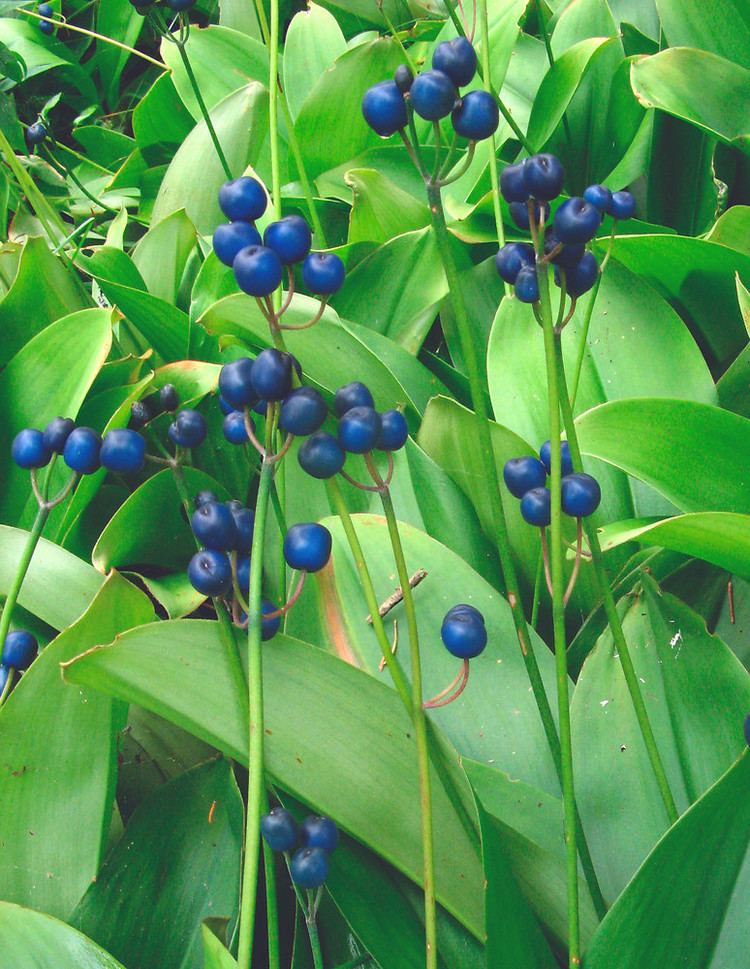
Description
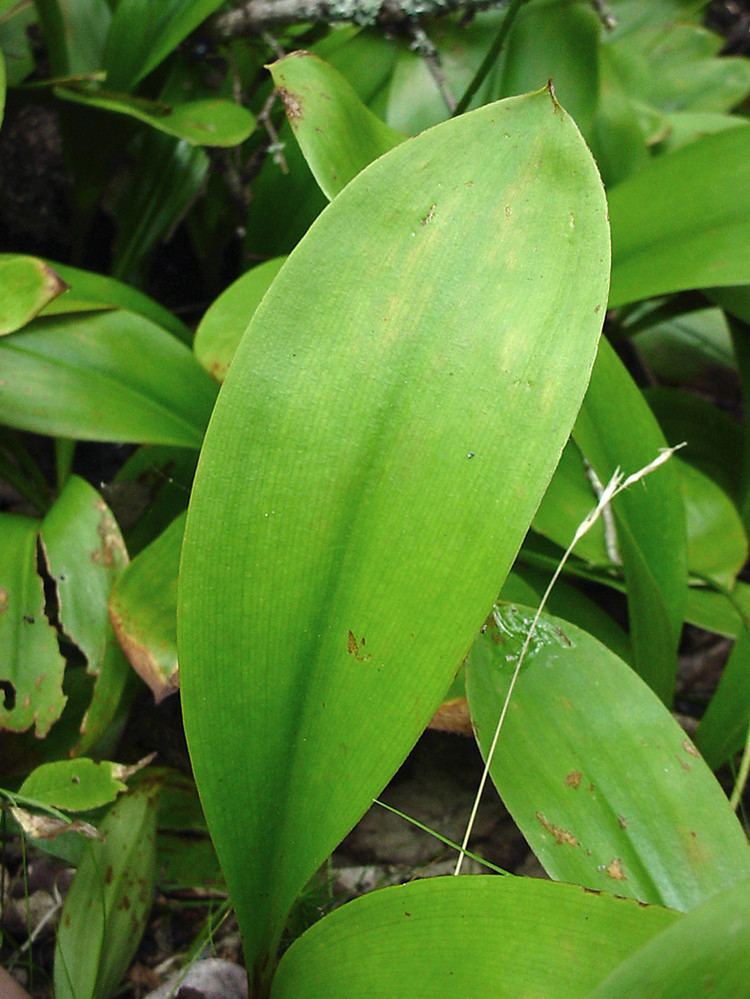
Blue-bead lilies are small (5–10 in) perennial plants, usually found in homogeneous colonies. At full growth, a shoot has 2–4 clasping and curved, slightly succulent leaves with parallel venation. The flowers are arranged in small umbels at the extremity of a long stalk. They have 6 stamens and 6 yellow tepals (i.e. very similar sepals and petals). In rare cases more than one umbel is found on a shoot or shoots from a clone. The fruits are small dark blue, lurid berries. A white-berried form (f. albicarpa) also exists.
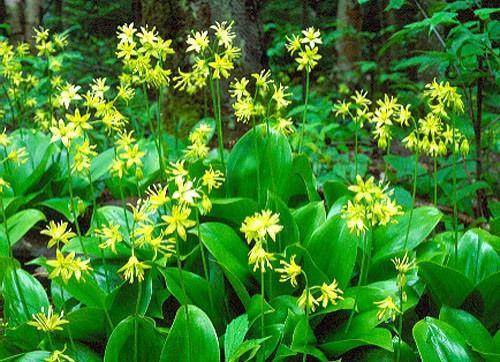
The plant reproduces via seed or vegetatively by underground rhizomes. Flowering in May and June, it takes over a dozen years for a clone to establish and produce its first flower, 2 years of which are dedicated solely to germination. The older parts of the rhizome starts to die after approximately 15 years, but new parts continue growing. One colony often covers several hundred square meters. Few specimens establish new colonies.
Distribution
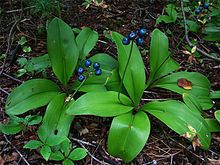
Clintonia borealis is native to the boreal forest in eastern North America, but is also found in other coniferous or mixed forests and in cool temperate maple forests. It is not found in open spaces, and only grows in the shade.

The species has been collected from the wild in Manitoba, Labrador, Newfoundland, New Brunswick, Nova Scotia, Prince Edward Island, Quebec, Ontario, Illinois, Minnesota, Wisconsin, Connecticut, Indiana, Maine, Massachusetts, Michigan, New Hampshire, New York, New Jersey, Ohio, Pennsylvania, Rhode Island, Vermont, Virginia, West Virginia, Georgia, Maryland, North Carolina, and Tennessee.
Ecology
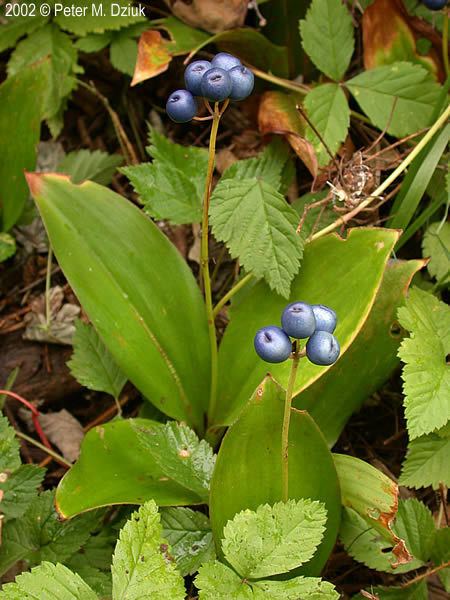
Blue-bead lily is extremely slow to spread, but established clones can usually survive many later modifications, as long as sunlight remains limited. Whereas crossed pollination is more efficient in producing seeds, self-pollination will still produce seeds, allowing the plant to propagate.
Like other slow-growing forest plants, such as Trilliums, blue-bead lily is extremely sensitive to grazing by white-tailed deer.
Medicine
The rhizome contains diosgenin, a saponin steroid with estrogenic effects.
Food

The young leaves of the plant are edible while still only a few inches tall. The fruit however, is mildly toxic, and is quite unpleasant tasting.
Cultivation
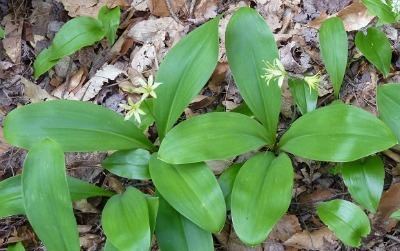
Culture is difficult, due to the need to avoid direct sunlight and the difficulty posed by germination. Transplanting is not recommended.
Folklore
Hunters in North Quebec were said to have rubbed their traps with the roots because bears are attracted to its odor.
According to a Mi'kmaq tale, when a grass snake eats a poisonous toad, it slithers in rapid circles around a shoot of blue-bead lily to transfer the poison to the plant.
